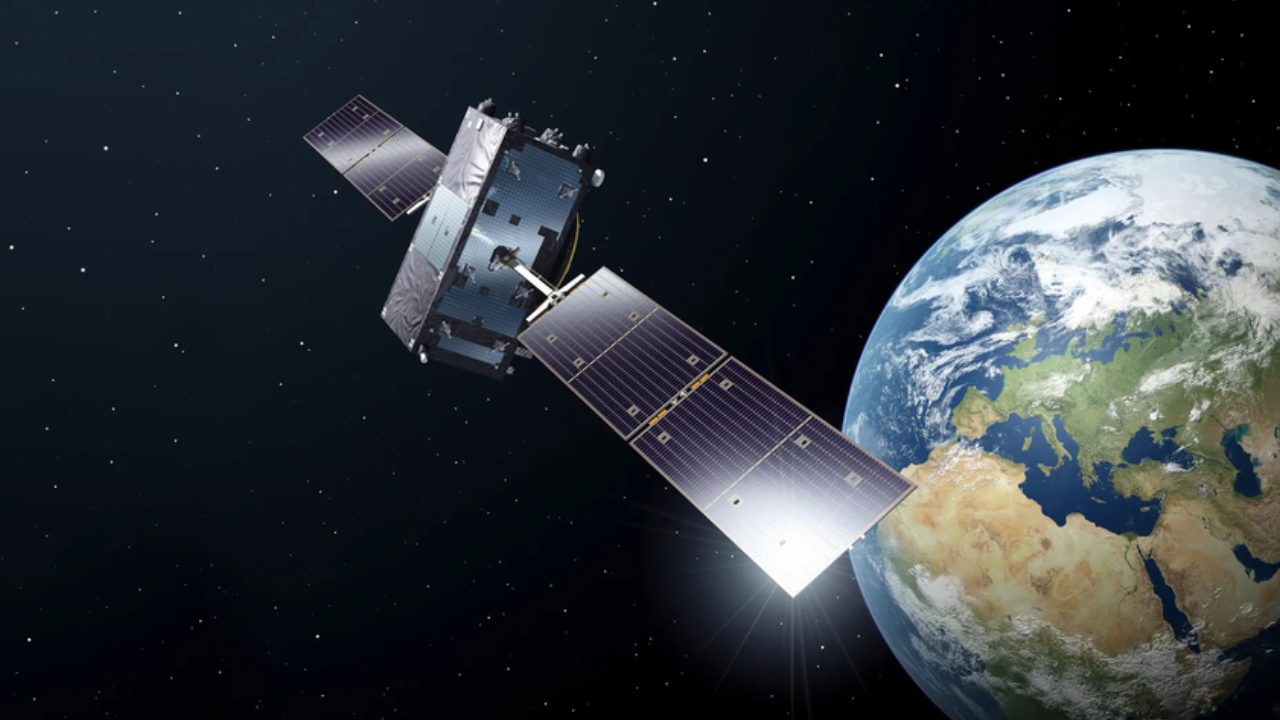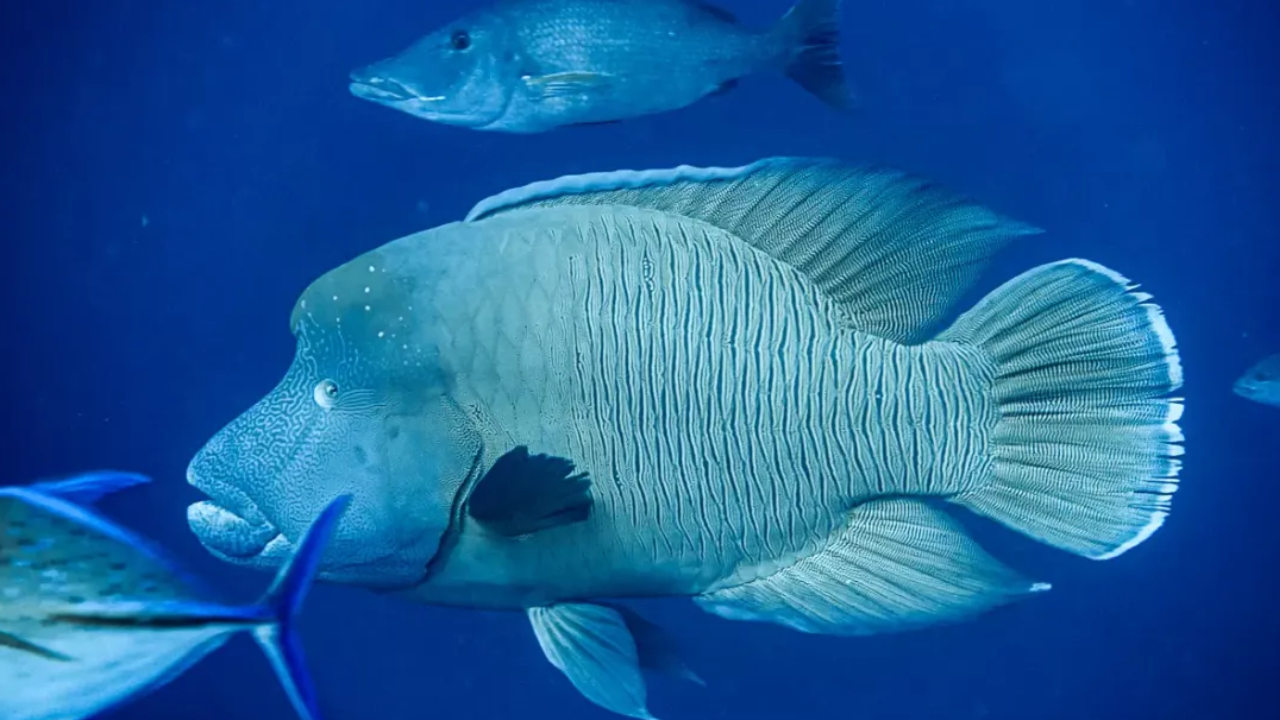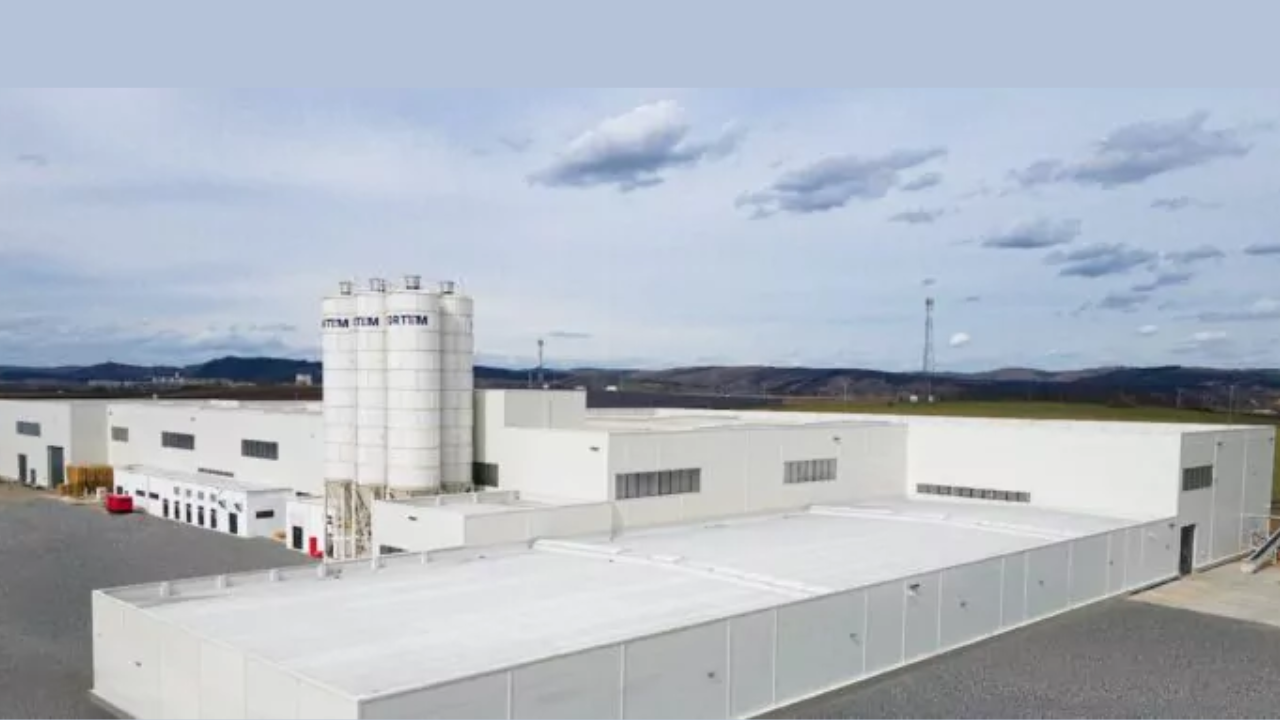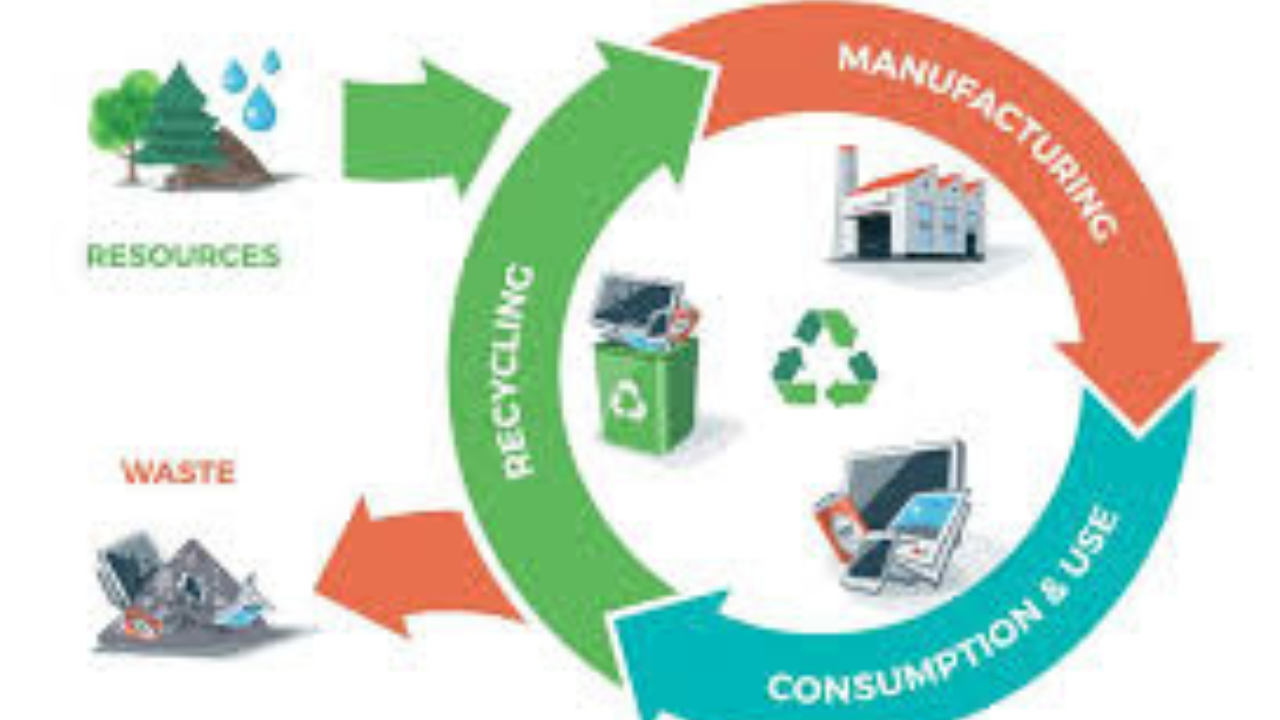The term “sattelitter” may sound unfamiliar at first, but when dissected, it hints at a fascinating intersection of technology and modern life. Combining “satellite” and “litter,” it opens discussions on how satellite technology influences global communication, environmental monitoring, space exploration, and even the growing concern of space debris.
In this in-depth article, we’ll explore:
- The meaning and significance of sattelitter in today’s tech-driven world.
- How satellites revolutionize industries like telecommunications, weather forecasting, and navigation.
- The challenges posed by space litter (orbital debris) and potential solutions.
- Future advancements in satellite technology and their impact on humanity.
By the end, you’ll have a comprehensive understanding of how sattelitter—both as a concept and a technological force—is shaping our present and future.
What Is Sattelitter?
The term sattelitter can be interpreted in two key ways:
- Satellite Technology (Positive Impact)
- Refers to the vast network of artificial satellites orbiting Earth, enabling innovations in communication, navigation, and scientific research.
- Space Litter (Negative Impact)
- Pertains to the growing problem of orbital debris—defunct satellites, spent rocket stages, and other fragments cluttering space.
This duality makes sattelitter a compelling topic, highlighting both the benefits and challenges of humanity’s reliance on satellites.
The Role of Sattelitter in Modern Society
1. Global Communication & Internet Access
Sattelitter form the backbone of worldwide connectivity. Companies like Starlink (SpaceX) and OneWeb deploy satellite constellations to provide high-speed internet to remote regions, bridging the digital divide.
- How It Works: Low Earth Orbit (LEO) satellites relay signals to ground stations, enabling real-time communication.
- Impact: Rural areas, disaster zones, and ships at sea now have reliable internet access.
2. Weather Forecasting & Climate Monitoring
Meteorological satellites track storms, hurricanes, and climate patterns with precision.
- Examples:
- GOES (Geostationary Operational Environmental Satellites) monitor weather in real-time.
- Copernicus (EU’s Earth Observation Program) studies climate change effects.
3. Navigation & GPS
Modern GPS systems rely on satellites for accuracy in:
- Transportation (self-driving cars, aviation).
- Military operations (precision-guided weapons).
- Everyday life (Google Maps, delivery services).
4. Scientific Research & Space Exploration
- The Hubble Space Telescope captures deep-space images.
- James Webb Telescope studies exoplanets and the early universe.
- Mars Rovers use satellite relays to transmit data back to Earth.
The Dark Side of Sattelitter: Space Debris Crisis
While satellites bring immense benefits, they also contribute to space pollution. Over 27,000 trackable debris pieces orbit Earth, posing risks to:
- Active Satellites: Collisions can disrupt communications and GPS.
- Space Missions: The International Space Station (ISS) frequently maneuvers to avoid debris.
- Future Launches: Cluttered orbits may make space travel hazardous.
Causes of Space Litter
- Defunct Satellites – Old satellites remain in orbit indefinitely.
- Rocket Fragments – Discarded boosters break into hazardous shrapnel.
- Anti-Satellite Tests – Nations destroying satellites create debris clouds.
Potential Solutions
- Active Debris Removal (ADR): Robots capturing and deorbiting junk.
- Sustainable Satellite Design: Self-deorbiting mechanisms.
- International Policies: Stricter regulations on space waste.
The Future of Sattelitter: What’s Next?
1. Mega-Constellations & 6G Networks
Companies plan to launch tens of thousands more satellites, raising concerns about overcrowding.
2. Space Sustainability Initiatives
- ESA’s ClearSpace Mission aims to remove debris by 2026.
- NASA’s Orbital Debris Program researches mitigation strategies.
3. Private Sector Innovations
- Satellite Recycling: Repurposing old satellites.
- AI-Powered Tracking: Predicting collisions in real-time.
Conclusion: Balancing Progress & Responsibility
The concept of sattelitter encapsulates both the marvels of satellite technology and the urgent need to address space debris. As we advance toward a more connected and data-driven world, sustainable space practices must become a priority.
From enabling global internet access to monitoring climate change, satellites are indispensable. However, without proper management, the “litter” in space could hinder future exploration.
Final Thoughts
- Opportunity: Satellites will continue revolutionizing industries.
- Challenge: Humanity must act now to prevent a Kessler Syndrome (a cascading debris collision scenario).
By embracing innovation while enforcing responsible policies, we can ensure that sattelitter remains a force for good—powering progress without polluting the cosmos.






